
What do you get when you combine new menu items, an interior design makeover, tips on running a restaurant, and travel? A new series on Netflix called Restaurants on the Edge, which began streaming on February 28 and features 13 episodes filmed in far-flung destinations around the globe, including Hong Kong – the only Asian location.
The show’s title has two meanings: it features restaurants that are on the edge of nowhere and have a stunning view; while they could also crumble financially if they are not revamped any time soon.
That’s where three experts – a restaurateur, chef and an interior designer – come in to assess the situation and spend a week trying to fix it up.
The concept was dreamed up by executive producer Courtney Hazlett. “I live on the beach in Los Angeles and was actually at Nick’s restaurant [Nick Liberato, the show’s restaurant expert], right on the beach right at Venice Pier, a pretty iconic spot, and I thought, ‘Wow this place is good’. It made me realise there are so many places around the world where you have restaurants that really rely on the view and don’t always deliver on the food and the experience. So let’s make a show out of that,” she explains.
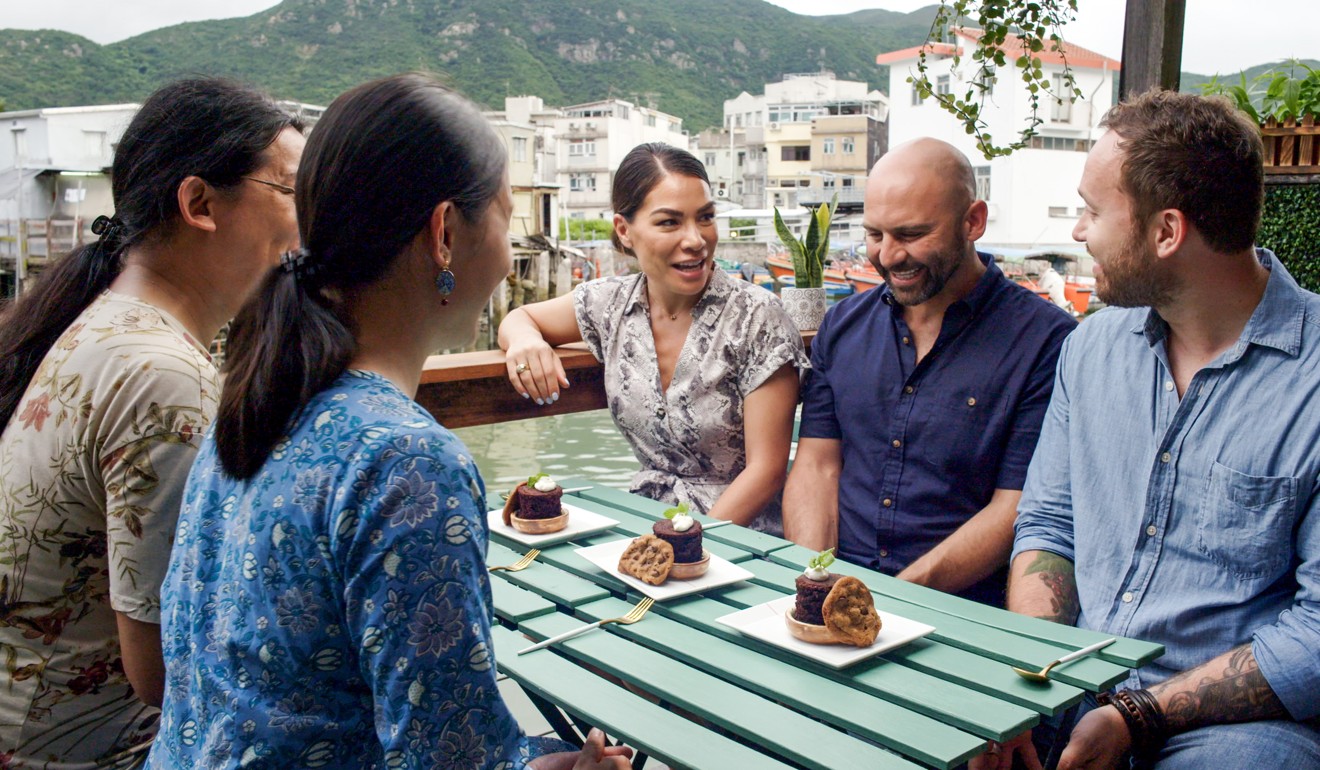
Liberato, who has 25 years’ food and beverage industry experience, including working as a chef, believes any place that relies on its view is unlikely to be performing to its best of its potential.
“[They] think they will fill the seats because they have such great views, and become more relaxed and don’t challenge themselves.” he says. “Guests come to the restaurant no matter what. You’re selling real estate at the end of the day, and I saw a big opportunity to monopolise,” he says of his own restaurant, The Venice Whaler.
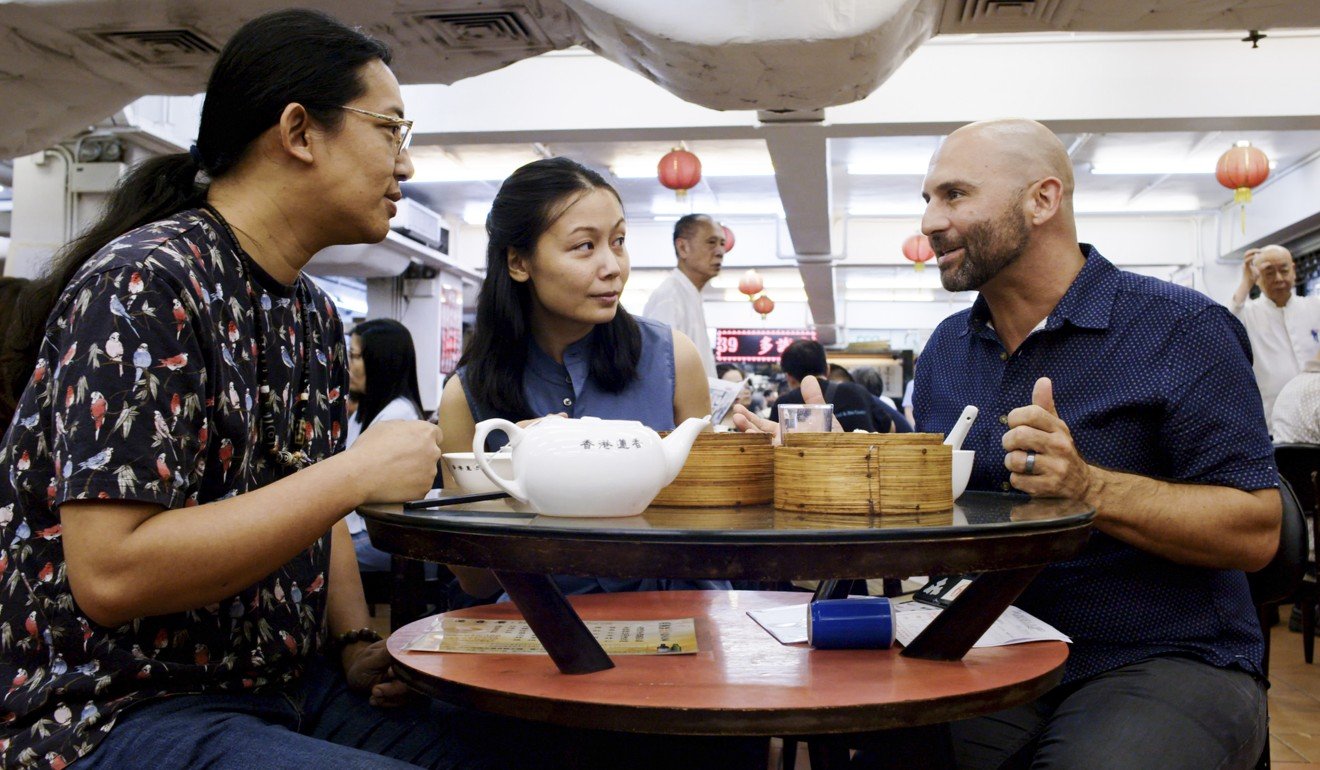
“Let me get away from this processed, canned fast food everyone expects in the beach areas and let me elevate it with fresh produce, and do cocktails that are measured in jiggers.”
The restaurant was recording annual food sales of US$300,000 in 2014, he adds, and after he took over, the figure has since risen to US$4 million.
Liberato, interior designer Karin Bohn and chef Dennis Prescott filmed episodes in locales including Hawaii, Costa Rica, St Lucia, Slovenia, Finland, Austria and Malta. In each, the production crew found a restaurant with fantastic views that needed a fix, from freshening up the interiors to creating three new dishes for the menu.
The crew were in Hong Kong in late May 2019 to film the ninth episode with help from the Hong Kong Tourism Board on scouting locations. So which restaurant was considered to be “on the edge”?

In the remote fishing town of Tai O, on Lantau Island, is the quaint shop and restaurant called Tai O Banyan Tree, run by Charlene Tang Sze-ling, 37 and Clifford Wong Chun-kit, 40.
When they were approached about the show and told that renovations and a chef would be involved, they were in. “We thought, ‘Netflix is big’, so we thought it would be a big opportunity for us,” Tang says. She and Wong got the idea to set up a business in Tai O about six years ago.
“Clifford and I walked around and we thought, ‘this is a relaxing place’. We sat there and saw nearby there was a shop for rent. We checked it out and thought the space was very comfortable and a nice place to relax, as Hong Kong can be stressful,” Tang adds.
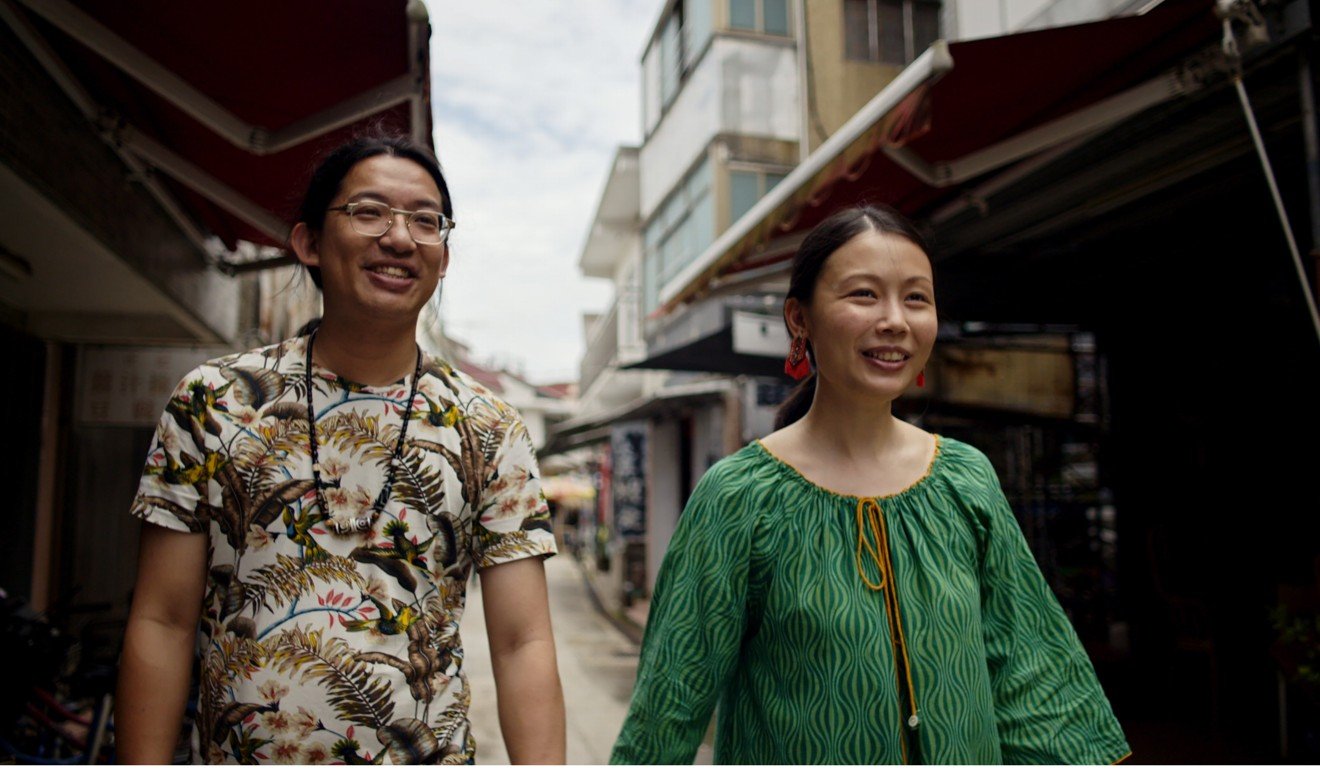
“We like to travel and find handicrafts, and so many items in our place are just one piece. If you come to Tai O, I can show you my travels. I can tell them about it; it’s a kind of sharing platform.”
The pair have been to countries including Laos, Iran, Myanmar, Vietnam, Georgia, Romania, Bulgaria, Finland and Estonia, and always return to Hong Kong with a variety of souvenirs, such as bracelets, clothing, scarves, earrings and fabric bags, all of which they sell in Tai O Banyan Tree.
Tang, a self-taught chef, makes simple noodle dishes and grilled salmon with potatoes, though she specialises in desserts such as coconut pistachio mousse cake, black sesame cheesecake and rich chocolate cake.
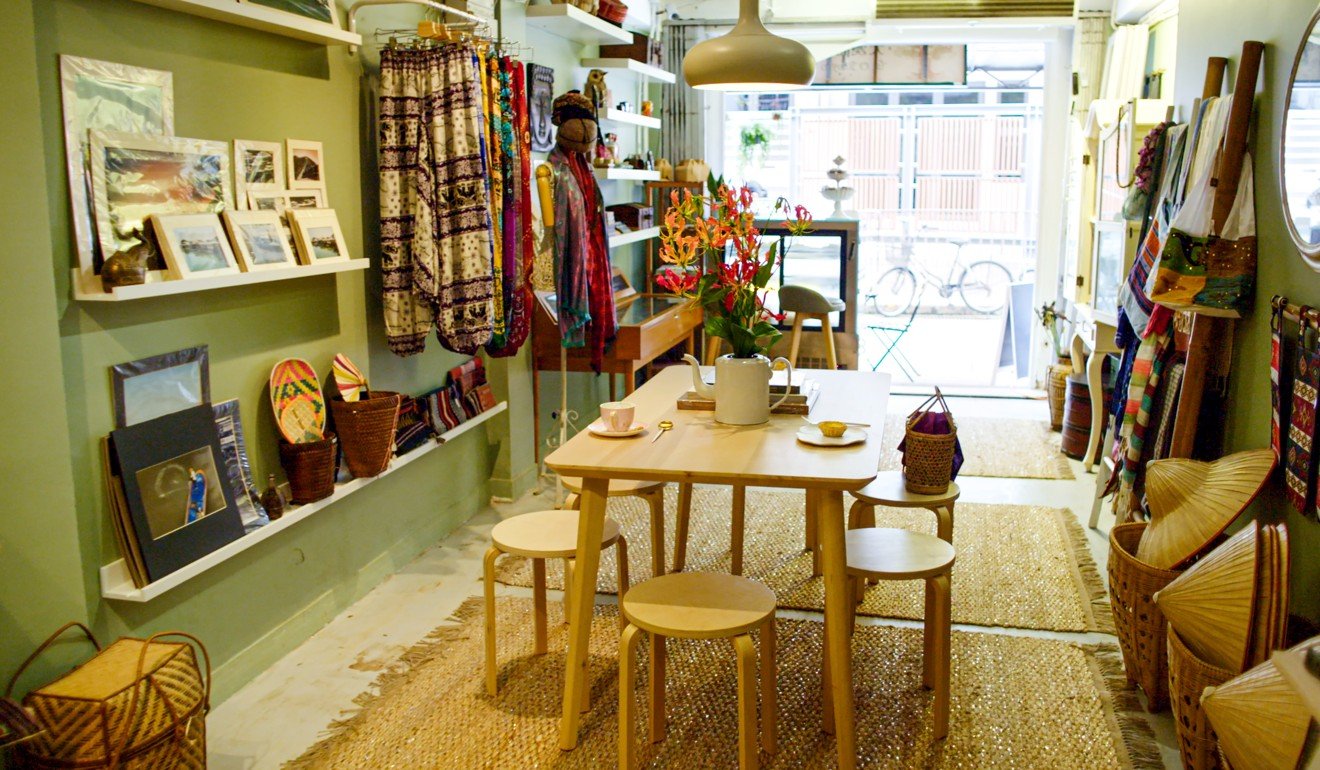
As Tai O is quiet, particularly during weekdays, the couple usually open the shop and restaurant only on weekends. On weekdays, Tang works as a merchandiser, while Wong is in the education field.
“Friends thought we would just do this for two or three years,” says Tang. “Even I can’t believe we’ve been here for over five years. It’s better job satisfaction than work.”
She admits however that the business is not profitable, with few customers and not enough social media presence. The weather is another factor. “When it’s raining, forget it. Tai O is very weather dependent. It’s either too cold in the winter or too hot in the summer,” Tang says.
Clifford and I walked around and we thought, ‘this is a relaxing place’. We sat there and saw nearby there was a shop for rent. We checked it out and thought the space was very comfortable and a nice place to relax - Charlene Tang, co-owner of Tai O Banyan Tree
The shop and restaurant’s location, resting on stilts, also makes it prone to flooding, and when typhoons are approaching Hong Kong they have to move all the tables and chairs inside and secure the place to guard against water leakage.
When the Restaurants on the Edge experts first visited Tai O Banyan Tree, they were blown away by the setting.
“When I walked into the back of the restaurant, my breath was taken away by the view,” says restaurateur Liberato. “It is a gem of a tranquil oasis. I would choose to sit in the back. Even the front – these little streets. It’s got so much history, the buildings are old, and the smell of shrimp paste and dried fish. It’s gorgeous.”
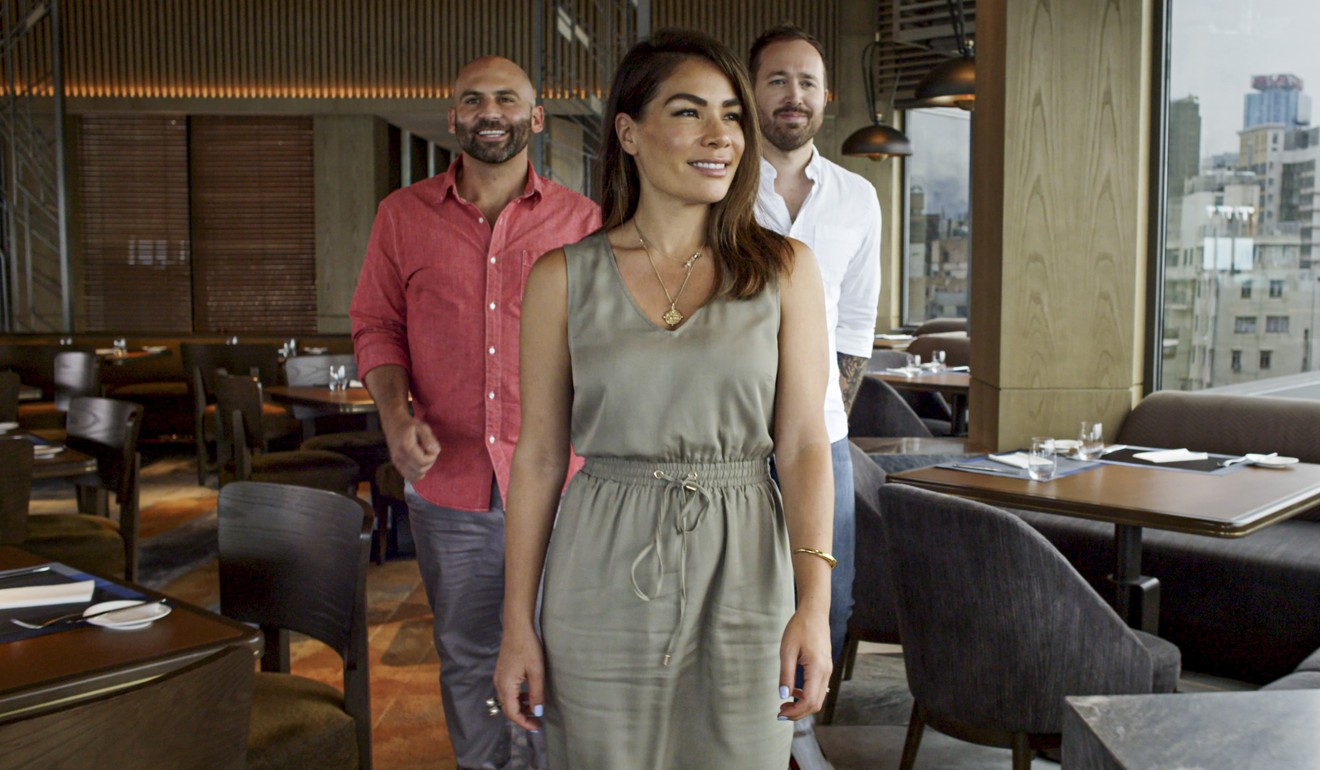
Bohn says it’s one of the smallest projects she worked on for the show, and looks more like a cluttered shop than a restaurant.
“So we’re going in and cleaning up the space because we really want to streamline it. We really want to showcase their beautiful items in a way that they look special, and it’s a little more simplified and quiet,” Bohn explained back in May last year as filming got under way.
“And also because it’s a restaurant, the big challenge is that there is a small patio in the back which seats eight people, with two tables with four chairs each, and if it rains, they can only fit two people outside, but you can’t support a whole business that way. So one of our challenges is bringing more tables and chairs inside.”

In terms of the food, Prescott said the menu was accessible, but more needed to be done to localise the dishes. “They’re not actually investing in what’s local, and investing in what’s around them. If I’m in Vancouver and I’m looking at the water, I want to eat something that came out of that water because I know there’s a story about that. And for Tai O, it’s shrimping.
“They make shrimp paste there, things like that need to be heavily represented on the table so you can make a fusion dish. It can be an Italian dish, but just use what’s literally in your backyard”.
So Prescott suggested two noodle dishes – one with grilled shrimps marinated in XO sauce, and another using pork meatballs with vegetables in a seafood sauce. A third was a chocolate dessert.
The big reveal is featured in the episode, and Tang was thrilled with the result, which involved lots of decluttering and a lick of paint similar to Wedgewood green. “I’m so happy with it. I was crying, so emotional. I really like the colour green and they chose a beautiful shade.”
When I walked into the back of the restaurant, my breath was taken away by the view. It is a gem of a tranquil oasis. I would choose to sit in the back. Even the front – these little streets - Nick Liberato, co-presenter of Restaurants on the Edge
There was to be a twist in the tale, however. After the crew left Hong Kong, the anti-extradition protests erupted in early June, resulting in eight months of unrest in the city. Now the coronavirus epidemic is affecting Tai O Banyan Tree. Tang says they hardly opened the shop and restaurant from June to October because people weren’t in the mood to have fun. “Tai O residents would tell us to not even bother to come, as they themselves hardly had any business,” she says.
By the weekend of February 22-23, Hongkongers had become tired of being cooped up at home to avoid infection, and flooded hiking trails on Lantau – even visiting Tai O. Tang finds it ironic that people wanted to get out for fresh air, away from the crowded city, and yet their place was packed.
“I don’t know how long this trend will last,” she says of the flood of visitors. “My regular customers really like the changes to our place. People who walk by might assume it looks expensive because it has a Western touch to it, but it doesn’t matter to us. What we’re offering is international.”







